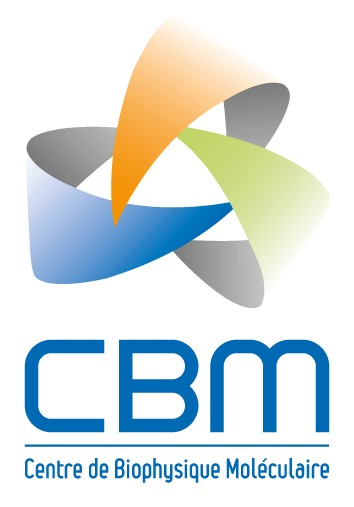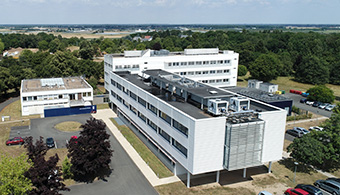Change in muscle fibre protein structure following salting process assessed by synchrotron deep UV fluorescence microspectroscopy
Résumé
Samples of pork teres major muscle were salted and tumbled with 0.9 %, 1.3 % and 1.9 % sodium chloride respectively. The emission fluorescence (exc. 275 nm) of intramuscular connective tissue and of muscle fibre subtypes I, IIA and IIB-IIX was investigated by Synchrotron deep UV fluorescence microspectroscopy in order to characterize the change of the macromolecular structure of proteins. On emission spectra, tryptophan fluorescence was predominant and an additional peak assigned to dityrosine was detected around 395 nm. The fluorescence emission spectra vary depending on salt level both on intramuscular connective tissue and muscle fibres which subtypes were discriminated for one animal among the set of four. This result is encouraging in the perspective of developing sensors for meat evolution during the salting process. However, no noticeable prediction law linking the fibre autofluorescence to salt level could be deduced.
| Origine | Publication financée par une institution |
|---|---|
| licence |




